
Origin/Endemic status: Endemic
Taxonomy Comments: The notion that this species is not distinguishable from D. filiformis (or is only varietally distinct) is erroneous (Sorrie 1998a); see Schnell (1995) for a contrary view.
Other Comments: D. tracyi has been reported for SC by various authors, including Wynne (1944), but the basis for these reports is unknown.
Synonymy: = Fl4, FNA6, GW2, K1, K3, K4, S, WH3, Shinners (1962c), Sorrie (1998a); = Drosera filiformis Raf. var. tracyi Diels – Schnell (2002b); < Drosera filiformis Raf. – S13
Wetland Indicator Status:
- Atlantic and Gulf Coastal Plain: OBL
Heliophily: 9
Hover over a shape, letter, icon, or arrow on the map for definition or see the legend.
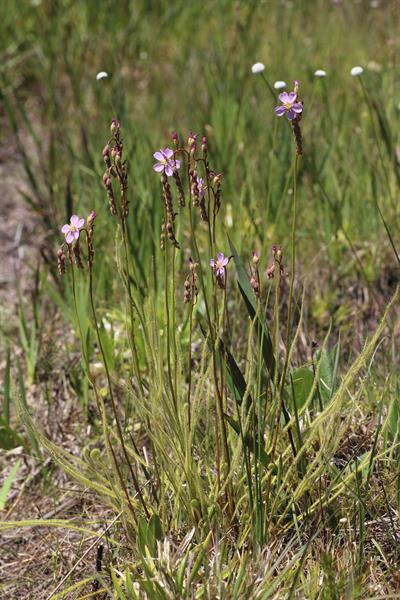 © Scott Ward | Original Image ⭷
© Scott Ward | Original Image ⭷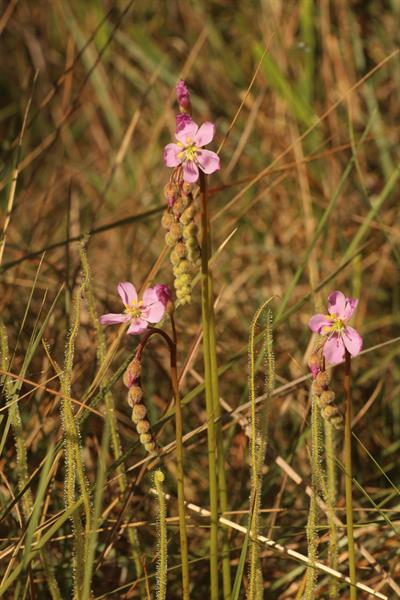 © Scott Ward | Original Image ⭷
© Scott Ward | Original Image ⭷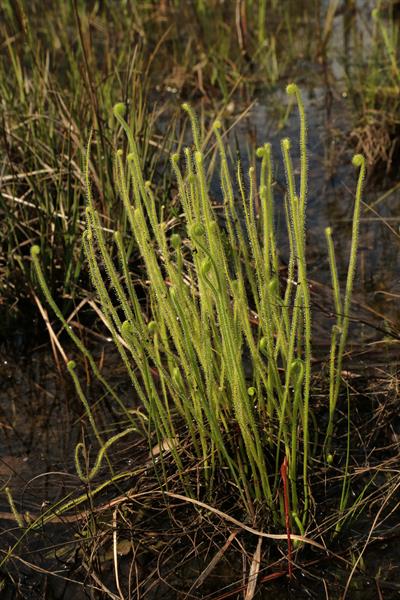 © Alan M. Cressler | Original Image ⭷
© Alan M. Cressler | Original Image ⭷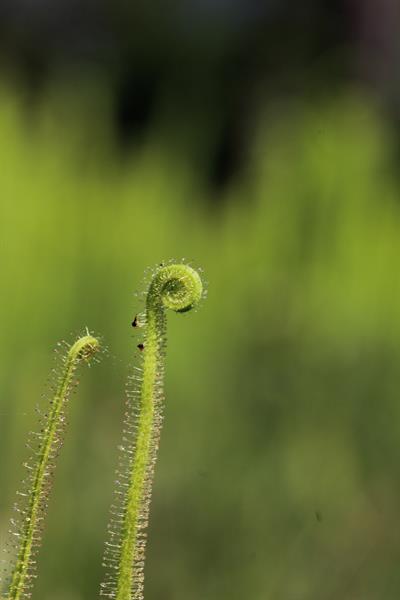 © Scott Ward | Original Image ⭷
© Scott Ward | Original Image ⭷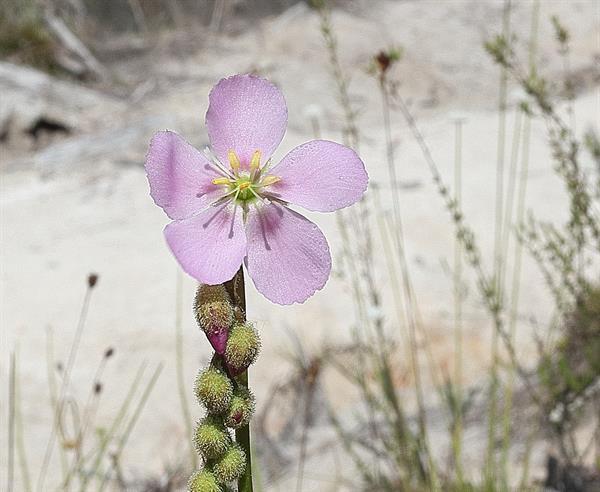 © Floyd A. Griffith | Original Image ⭷
© Floyd A. Griffith | Original Image ⭷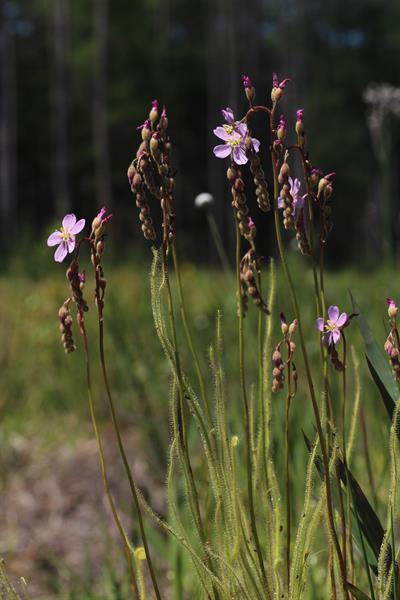 © Scott Ward | Original Image ⭷
© Scott Ward | Original Image ⭷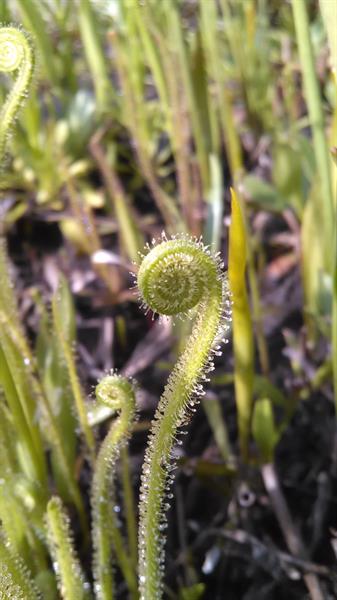 © Jennifer Peterson | Original Image ⭷
© Jennifer Peterson | Original Image ⭷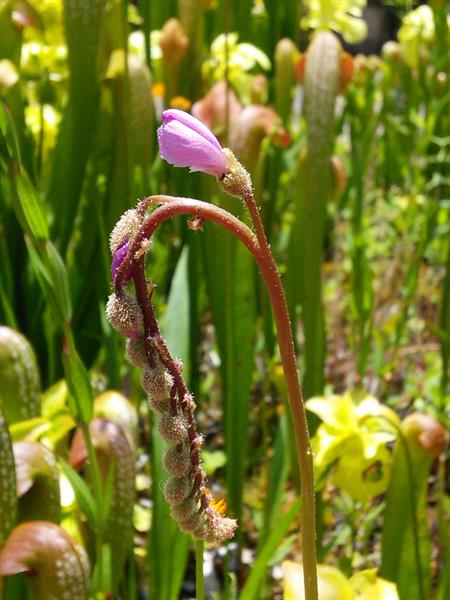 © Grant Morrow Parkins | Original Image ⭷
© Grant Morrow Parkins | Original Image ⭷Feedback
See something wrong or missing on about Drosera tracyi? Let us know here: (Please include your name and email if at all complicated so we can clarify if needed.)
Cite as...